Galiano Food Bank
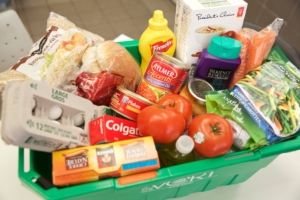 Did you know that 1 in 3 food bank users in B.C. is a child, and 1 in 8 is a senior? That food banks help reduce hunger with dignity, and help reduce food waste too?
Did you know that 1 in 3 food bank users in B.C. is a child, and 1 in 8 is a senior? That food banks help reduce hunger with dignity, and help reduce food waste too?
Last year after 20 years of service to the community, Ralph and Hans retired from their work running Galiano’s Food Bank. We met with St. Margaret of Scotland Church to see if there might be a way that the Galiano Community Food Program could support getting the Food Bank up and running again.
We are excited to announce that, as of February, the Galiano Food Bank is open again as a partnership between these two organizations. We are learning a lot as we go, and are keen to figure out what model will work best for the community, but for now, the Food Bank is open every 1st and 3rd Friday of each month from 11am to 1pm in the meeting room of the Church, on Burrill Road. We aim to reduce hunger in an atmosphere of respect and discretion. If you need help meeting your food needs, please come check it out— anyone in need is welcome. There is no fee to use the Food Bank. There will be coffee, tea and treats, and a welcoming face. If there’s something you would like to see on the shelves that isn’t there, please let us know. Come on by!
We are asking the community for donations of food items (no out-of-date food items please)— see the sidebar for a list of what we need most. You can drop off your contributions at Daystar, the Garage, the Corner Store, Soup and Bread at the South Hall, and at the Church on Sundays. Thanks very much to our community partners, including the Galiano Coffee Roasting Company and Galiano Trading, for their support of this project.
You can also help us reduce hunger on our island by donating one of a few ways:
- By cheque to the Galiano Club (please specify ‘food bank’)
- Online via Canada Helps at https://www.canadahelps.org/en/charities/the- galiano-club/ (please select the Food Bank in the list of funds)
- By e-transfer to galianoclub@gmail.com with a note that says ‘food bank’
- By cheque to St. Margaret of Scotland Church, (please specify ‘food bank’)
- Cash donations can be left in our donation collection cans at businesses around the islandWe are also looking for volunteers to help with collecting, sorting, and repackaging food. If you’d like to get involved, please email us and we’ll let you know more about what kinds of help we need.
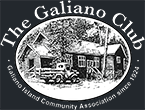

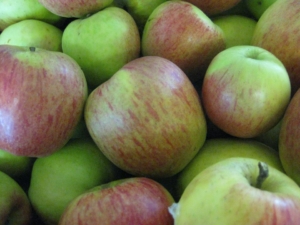 Recently at a Food Literacy conference in Victoria, I was asked to share a story of a moment I saw food literacy in action. I had so many to choose from! But what came to mind was the many times I’ve witnessed volunteer fruit pickers participating in the Gleaning Project who share recipes and techniques for handling the produce we are picking. “Can you dry this variety of apple?” “Have you ever made plum sauce for using in Asian recipes?” “I never get around to processing these, my kids just eat them all fresh.” And, every year: “What do you DO with quince?”
Recently at a Food Literacy conference in Victoria, I was asked to share a story of a moment I saw food literacy in action. I had so many to choose from! But what came to mind was the many times I’ve witnessed volunteer fruit pickers participating in the Gleaning Project who share recipes and techniques for handling the produce we are picking. “Can you dry this variety of apple?” “Have you ever made plum sauce for using in Asian recipes?” “I never get around to processing these, my kids just eat them all fresh.” And, every year: “What do you DO with quince?”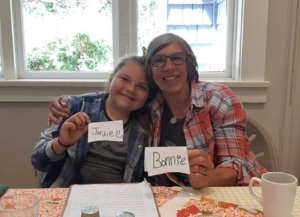 Afternoon Tea with Games
Afternoon Tea with Games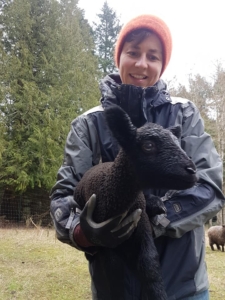 This month, we asked some of Galiano’s sheep farmers to share a few words about their experience keeping sheep. Thanks very much to Mary Jean Elliott and Marcia DeVicque for their delightful and thoughtful submissions at the busiest (lambing) time of year!
This month, we asked some of Galiano’s sheep farmers to share a few words about their experience keeping sheep. Thanks very much to Mary Jean Elliott and Marcia DeVicque for their delightful and thoughtful submissions at the busiest (lambing) time of year!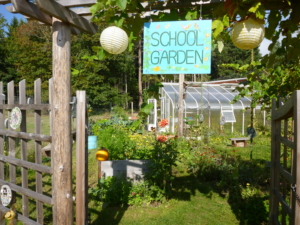 The School Garden is one of the many Food Program projects on Galiano. Coordinators and community volunteers work with the kids, teaching them about gardening, ecology and how to grow food. Kids are involved in planning, tastings, and cooking their harvest. The Food Program also organizes a mini Nettlefest and Applefest for the kids.
The School Garden is one of the many Food Program projects on Galiano. Coordinators and community volunteers work with the kids, teaching them about gardening, ecology and how to grow food. Kids are involved in planning, tastings, and cooking their harvest. The Food Program also organizes a mini Nettlefest and Applefest for the kids.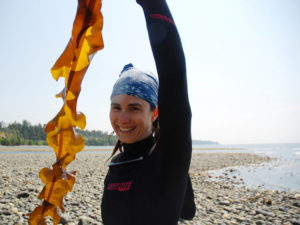 Last June’s Seaweed Harvesting Workshop was one of the most popular we’ve run, and so we are thrilled to be able to bring Amanda Swinimer back. Participants appreciated being given the opportunity to learn both at the beach and in the classroom, as well as getting to taste many varieties of seaweed. Here’s some of what they had to say about the workshop:
Last June’s Seaweed Harvesting Workshop was one of the most popular we’ve run, and so we are thrilled to be able to bring Amanda Swinimer back. Participants appreciated being given the opportunity to learn both at the beach and in the classroom, as well as getting to taste many varieties of seaweed. Here’s some of what they had to say about the workshop: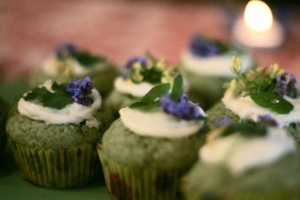 Chefs, cooks and foragers: It’s time to put your “pedal to the nettle” in this year’s competition at the 12th Annual Nettlefest Community Potluck Celebration at the South Galiano Community Hall. Come “test your nettle” by entering your best nettle dish against fierce island competition. And the sting: all dishes must be in by 5:30pm.
Chefs, cooks and foragers: It’s time to put your “pedal to the nettle” in this year’s competition at the 12th Annual Nettlefest Community Potluck Celebration at the South Galiano Community Hall. Come “test your nettle” by entering your best nettle dish against fierce island competition. And the sting: all dishes must be in by 5:30pm.